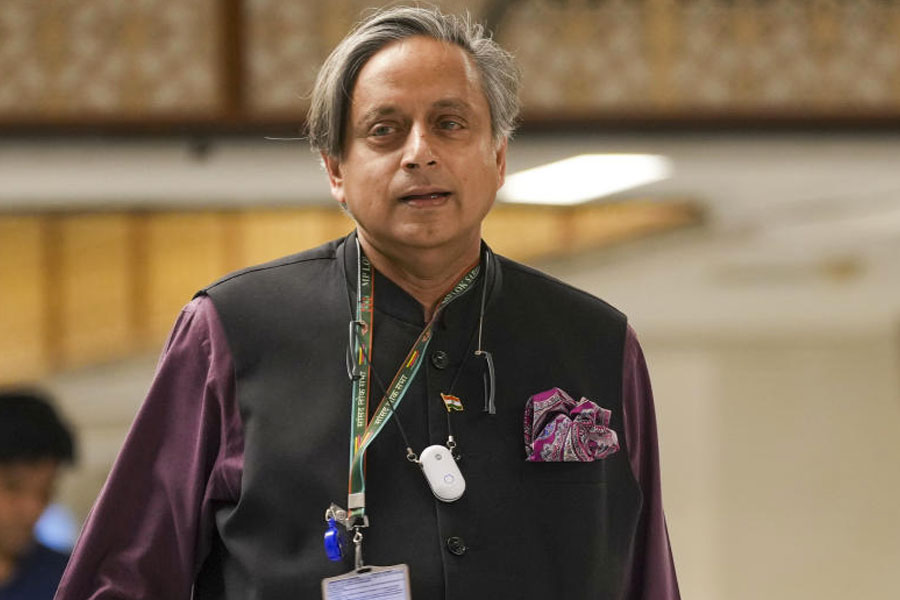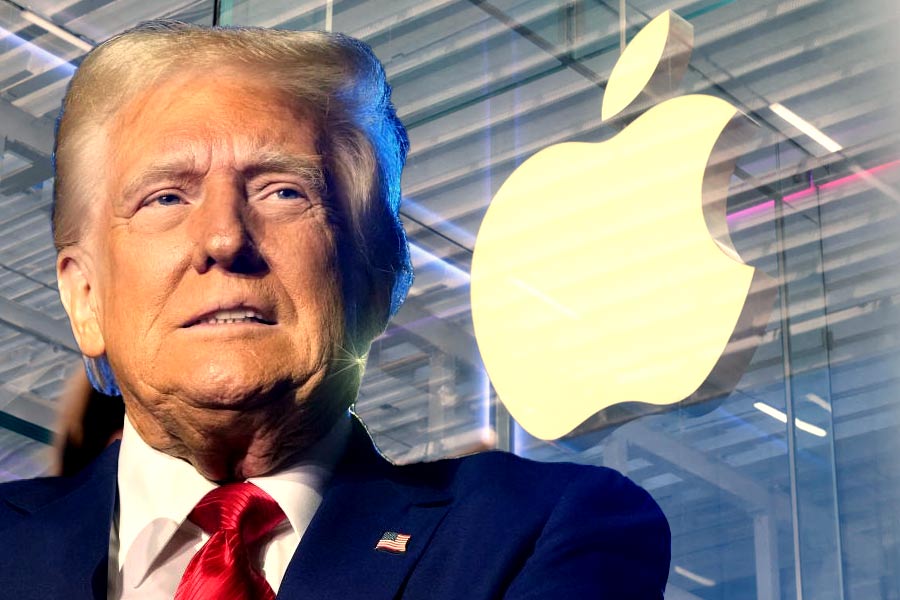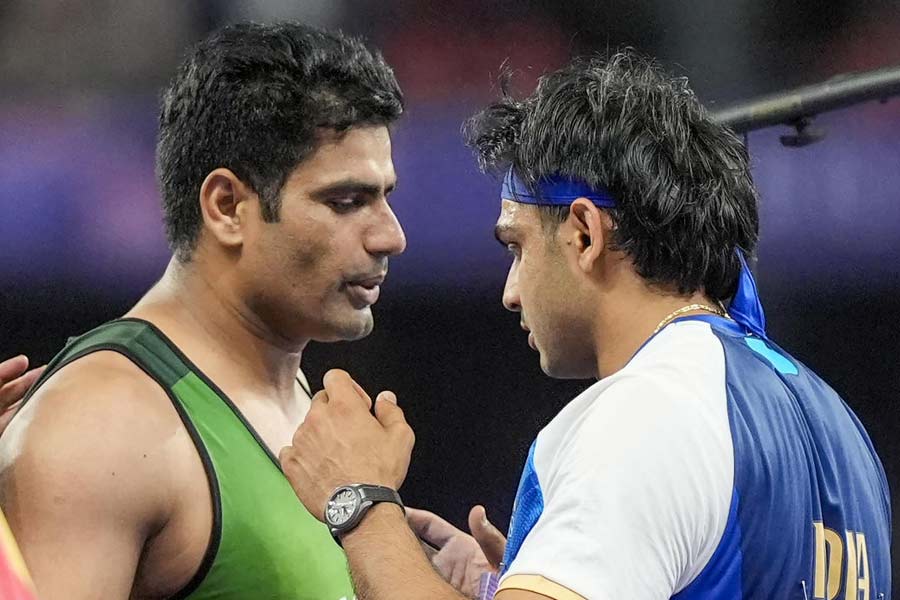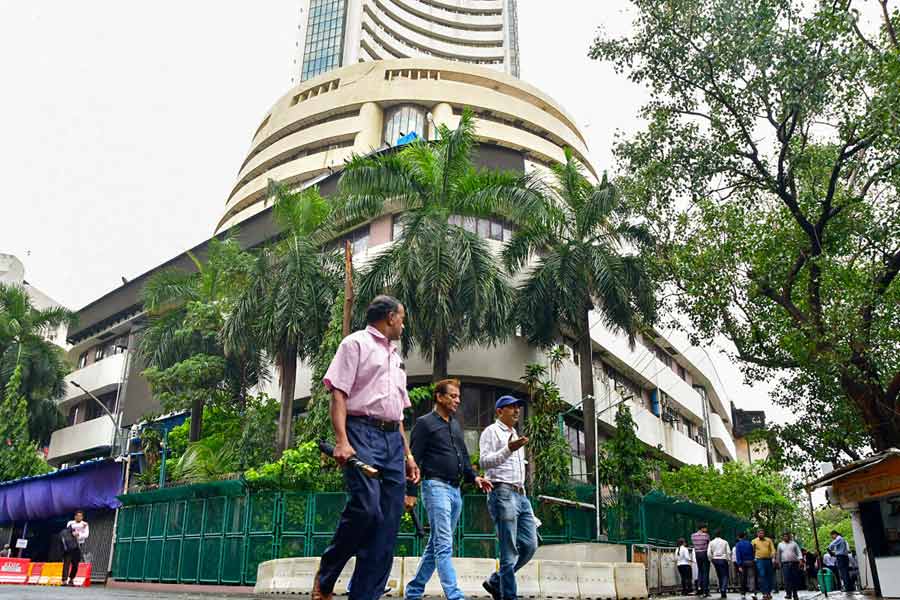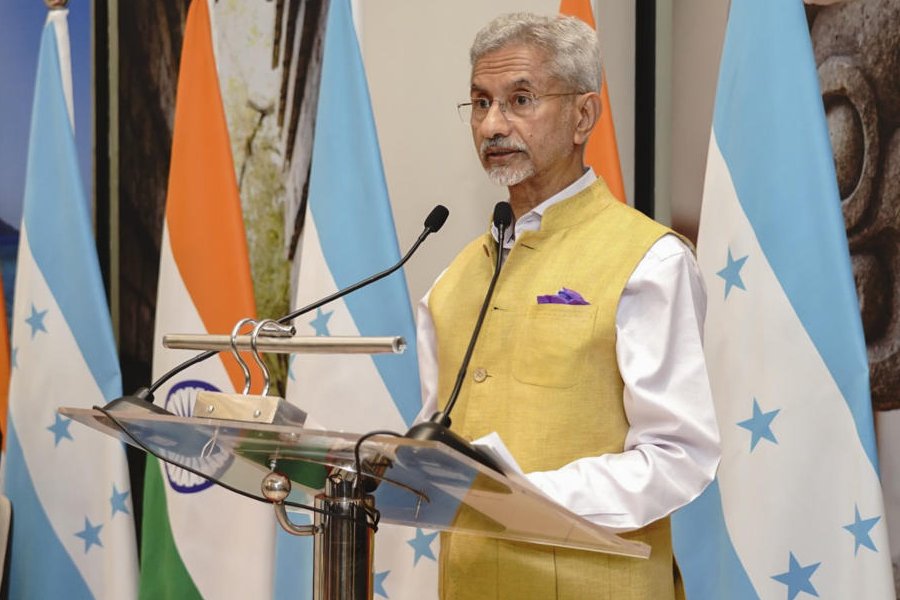 |
Students of a city-based school celebrated 101 years of Indian cinema on Friday.
The students of Prarambhika, after a lot of research, shared information to enhance the knowledge of the visitors on the occasion.
From the first silent film, Raja Harishchandra, in 1913 to the recent movies — Indian cinema has undergone a sea change. According to the school research team, Bollywood contributes 3 billion dollars to the gross domestic product of India.
The teachers were all praise for the students of classes I to VIII, who all contributed in their own ways to make the day memorable. While the class VIII students did the detailed research to explain the history and economy of Indian cinema through a PowerPoint presentation.
The students of junior classes also tried their best to help their seniors in putting a powerful and correct presentation. A quiz was also conducted to test the knowledge of the viewers.
The teachers were all praise for the students of classes I to VIII, who all contributed in their own ways to make the event successful and memorable. At the entrance of the school, the students displayed how fountains have contributed to the making of movies over the years.
Jai Bindal, a Class VIII student, said: “The silent era came to an end when Ardeshir Irani produced the first talkie, Alam Ara, in 1931. The year also marked the beginning of talkies in south Indian films with Bhakta Prahlad in Telugu and Kalidas in Tamil. The first Bengali talkie, Jamai Shasthi, was also released the same year. Irani also produced first colour film, Kisan Kanya, in 1937. The first talkies in Marathi, Kannada, Oriya and Punjabi were Ayodhiyecha Raja (1932), Dhurv Kumar (1934), Sita Bibaha (1934) and Sheela (1935) respectively.”
The students said if Phalke was the father of Indian cinema, Irani was the father of talkies. The 1970s brought a lot of changes in Hindi movies in terms of narrative and story structure.
Masala films were in great demand. The genre, which promised instant attraction and had great entertainment value, widened the gap between multi-starrer big budget films.
Aastha Singh, a Class VIII student, said: “By 2016, the contribution of Indian cinema to the country’s GDP is expected to reach $4.5 billion. Dhoom: 3 was the highest grosser worldwide with Rs 533.35 crore, followed by Chennai Express and Krrish 3 with Rs 422 crore and Rs 420 crore respectively.”
Jyotsna Singh, a Class VIII student, said the top three leading players in Hindi films are Yash Raj Films, Eros International and Red Chillies Entertainments respectively.
Apart from history and economy of Indian cinema, the Class VI students also focussed on technical aspects by explaining various camera models like Krasnogrosk 3 and Ariflex BL.
The students entertained the visitors by dressing up as Thakur in Sholay and as Raj Kapoor in Awara.
The students also enacted the styles of various actors. For example, class VI students enacted how Rajesh Khanna used to put on a printed shirt paired with a scarf, which became a rage during that era.


